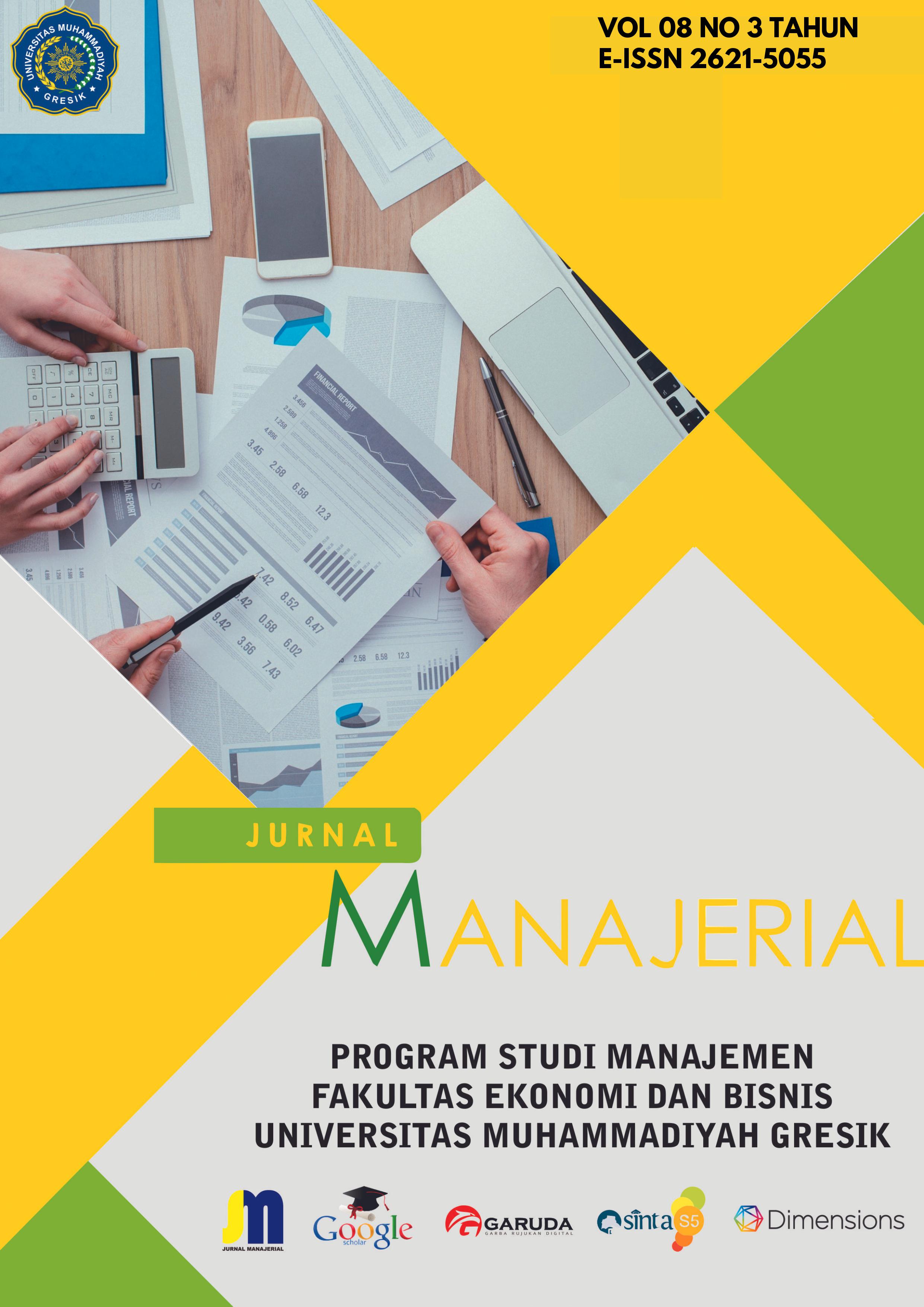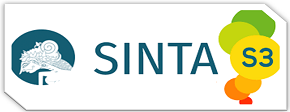Analisis Fenomenologi Program Billionairestore “Jago Jualan” Dalam Paradigma Baru Customer Path 5A
DOI:
https://doi.org/10.30587/jurnalmanajerial.v8i03.2287Keywords:
Strength, Exchange, Strategy, Freight, ForwarderAbstract
Background - Strategy formulation is often a complicated process that requires adopting a systematic approach to diagnosing external factors and to match these external factors with internal capabilities, therefore strategy formulation is an important measure of a company's success in winning the competition at the national level or maybe even at the international level. Purpose – This study aims to provide an academic paper on freight Forwarder company management which is the object of research in determining future company strategies by identifying SWOT and TOWS in order to uncover strategies to exploit strengths and opportunities as well as to improve weaknesses and overcome these threats. Design/ Methodology/ Approach – This study uses a qualitative approach in answering the formulation of research problems. The data collection method consists of a comprehensive review of the literature and a part of interviews with management executives at freight forwarders. Data analysis uses the IFE approach and the EFE Matrix, to map the scores and weightings of internal strengths and external changes. Result and Discussion – Combining the IFE and EFE analysis, we get a company positioning plot at the medium or hold and maintain level, which means that the company's current focus is on market penetration and product / service development. Conclusion – The TOWS matrix produces a series of proposed strategies, namely SO, WO, ST, and WT that echo internal and external conditions, so it is hoped that the four proposed strategies will be able to increase the competitiveness of companies in the national arena. Research Limitation - This research is limited to companies within the scope of freight forwarders in the city of Surabaya. Research in different years with the same variables is suggested to be carried out in the future, considering that internal changes and external changes will follow changes in time. Research Implications - This research can be used as a reference for other companies in the freight forwarder sector to determine the direction of the company's future strategy, however, these results are only valid for companies that are the object of research, all variables must be changed and adjusted to the conditions of each company. the proposed strategy becomes valid. Acknowledgment - This research was carried out in collaboration with companies in the field of freigt forwarders in the city of Surabaya, along with their leaders who took the time and willingness to complete this research study.
References
Baltes, LP. 2015. Content Marketing-The Fundamental Tool of Digital Marketing. Bulleting of the Transilvania Unversity of Brasov. Series V: Economic Science. Vol. 8 (57) No. 2.
Bashar A, Irsyad A, Wasiq A. 2012. Effectiveness of Social Media as Marketing Tools: an Empirical Study. International Journal of Marketing, Financial Services and Management Research. Vol. 1, Issue 11, November 2012, ISSN 2277 3622.
Berthon P, Pitt L, Plangger K, Shapiro D. 2012. Marketing Meets Web 2.0, Social Media, and Creative Consumers: Implications for International Marketing Strategy. Business Horizons, Vo 55, Issue 3, May-Jun 2012, Pages 261-271.
Constantinindes, E. 2014. Foundation of Social Media Marketing. Procedia: Social and Behavioral Science Vol. 148 (2014) Page 40-57.
Kotler P, Kertajaya, H, Setiawan I. 2016. Marketing 4.0: Moving from Traditional to Digital. New Jersey: John Wiley & Sons, Inc.
Kuswarno. 2009. Fenomenologi: Konsepsi Pedoman dan Contoh Penelitian. Bandung: Widya Padjajaran.
Kuswarno, E. 2006. Tradisi Fenomenologis pada Penelitian Komunikasi Kualitatif: Sebuah Pengalaman Akademis. Jurnal Mediator, Vol.7 No.1.
Maddox K. 2015. Study: 80% of Companies Will Increase Digital Marketing Budgets in Advertising Age. 27 Oktober 2020. (http://adage.com/article/digital/80-companies-increase-digital-marketing-strategy/. Diakses pada 27-10-2020.
Moleong. 2015. Metodologi Penelitian Kualitatif. Bandung: Remaja Rosdakarya.
Patton, M. Q. 1987. How to Use Qualitative Methods in Evaluation. California: Sage Publications, Inc.
Pulizzi, J. 2012. The Rise of Storytelling as the New Marketing. Pub Res Q (2012) 28:116–123: Springer Science Business Media.
Roylance D. 2016. Purchasing Performance: Measuring, Marketing and Selling the Purchasing Function. London and New York: Routledge Taylor & Francis Group.
Schmitt BH. 2003. Customer Expirience Management. A revolutionary Approach to Connecting with Your Customers. New Jersey: John Wiley & Sons, Inc.
Setiawan, I dan Yosanova Savitry. 2016. New Content Marketing: Gaya Baru Pemasaran Era Digital. Jakarta: Gramedia.






























 P-ISSN: 2354-8592 __ E-ISSN: 2621-5055
P-ISSN: 2354-8592 __ E-ISSN: 2621-5055 
